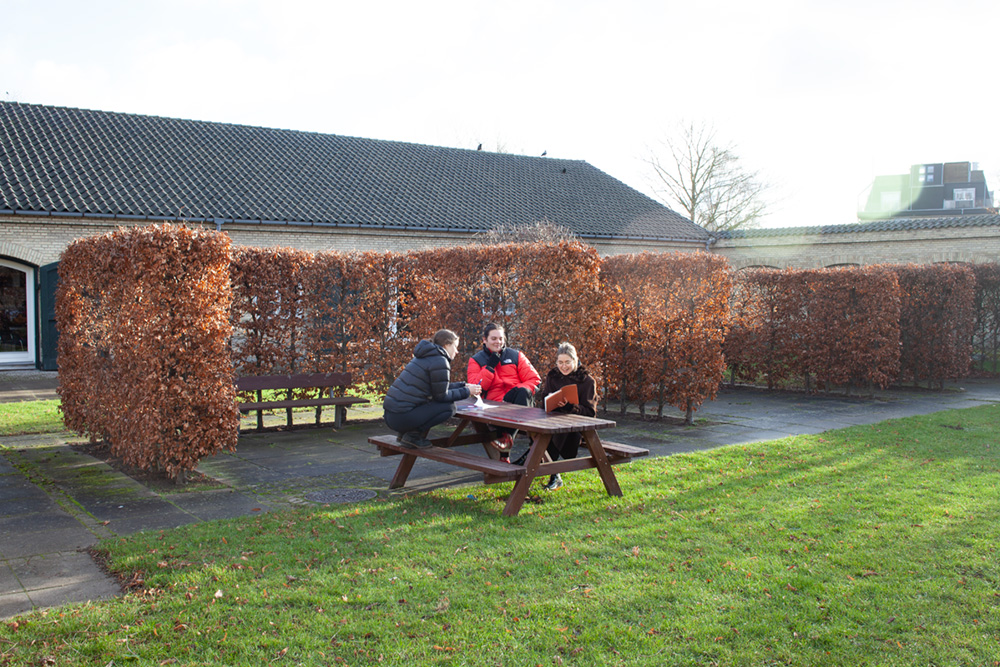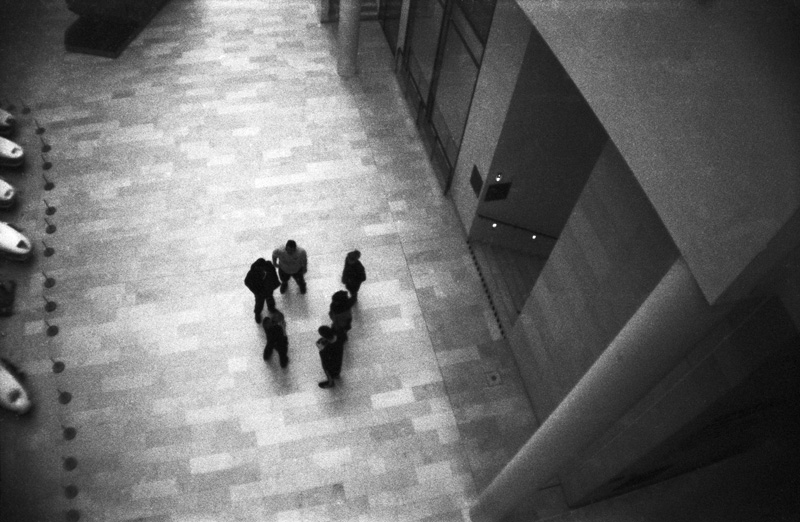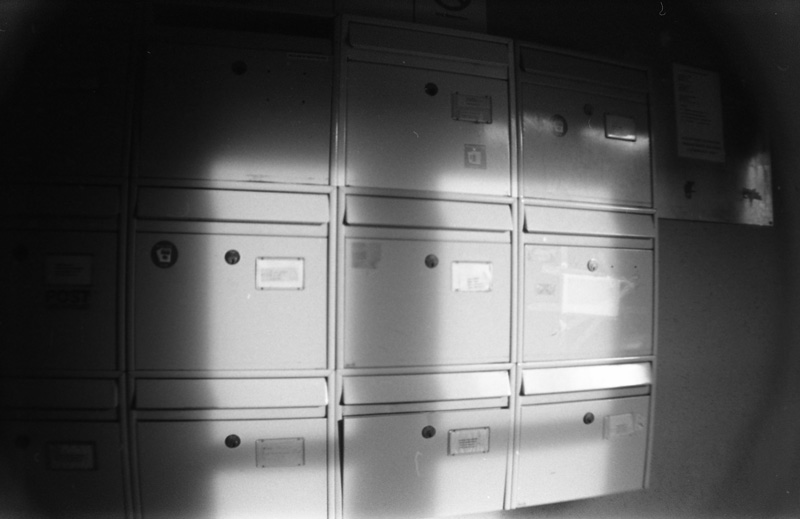Outreach and Learning
Sagsmappen, Munkecellen og Signaturen / The Case File, The Monk's Cell and The Signature
Objektteater-forløb med unge mennesker/ Object theatre course for young people
December 2024 - January 2025

Objektteater-forløbet blev skabt og ledet af kunstner Sam Derounian i samarbejde med Christopher Sand-Iversen fra SixtyEight og Signe Simonsen fra FishTank Social Hub.
Object theatre course created and led by artist Sam Derounian in collaboration with Christopher Sand-Iversen fromSixtyEight and Signe Simonsen from FishTank Social Hub.
C6: Creativity, Culture and Collaboration to Combat Climate Change

From March 2021 to March 2023, SixtyEight took part in the Erasmus+ project C6: Creativity, Culture and Collaboration to Combat Climate Change, which had the overall aim to engage with young people in the age group 18-29 in order to encourage them to undertake small changes in their everyday lives that can make a difference in comabting climate change, and furthermore to become amabssadors in their local communities. The participants were drawn from the 5 countries in which the project partners are based: Denmark, Sweden, Norway, the Uniked Kingdom, and Italy.
SixtyEight's role in the project was to organise and conduct a training week in Copenhagen for the participants, hold two exhibitions related to the overall theme of the C6 project, and to contribute content together with the other project partners to the project's Intellectual Outputs, which took the form of a handbook and several different kinds of educational video.
Seeing Life Through Someone Else's Eyes, 2016

This 10-week photographic workshop brought together youngsters from less privileged backgrounds who make use of the freetime activities offered by Københavnerteamet's 'street pedagogues', and people with disabilities who make use of the organisation Lavuk Stjernen's day facilities. These two very different communities were brought together through the practical use of analogue photography as a connective medium, The workshop participants shared various experiences while enjoying each other’s company, and photography was used as a tool for the exploration each other’s daily routines, and to capture the subtleties of each other's lives.
Using photography as a medium of expression allowed the participants to describe reality from a subjective standpoint, whilst giving their perspectives and personal knowledge a visual form which invites the engagement of others beyond the limitations of linguistic expression and the familiarities of cultural and social background.
Home Sweet Home, 2015

This project aimed to gain a better understanding of what home means for young people living in Amager who have a multifaceted cultural background, as a form of thanks to the Amager East, which hosted the exhibition space for the first four years of its existence. The project was developed as a weekend workshop lasting 4 weeks. During this time frame it was possible to create a good level of trust and commitment, in a natural way, without any feeling of pressure. Photography was chosen as the medium of expression in the workshop setting for the freedom that it grants. It was considered productive to provide a tool of expression that was new and known at the same time. Known because youngsters are used to shooting pictures with their phones, and new since analogue cameras were used.